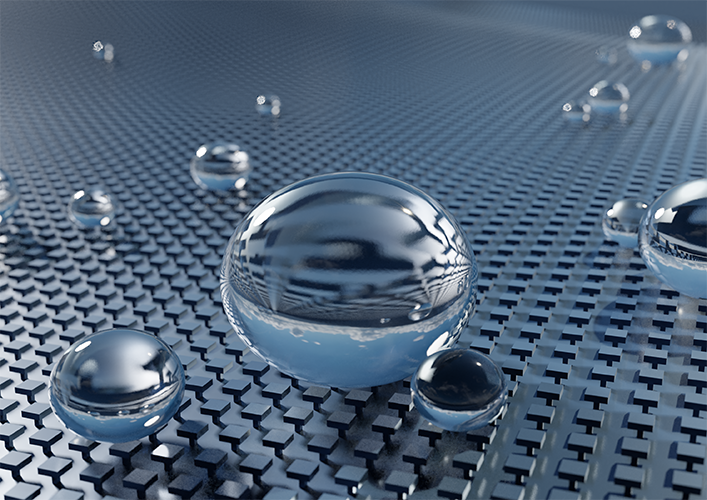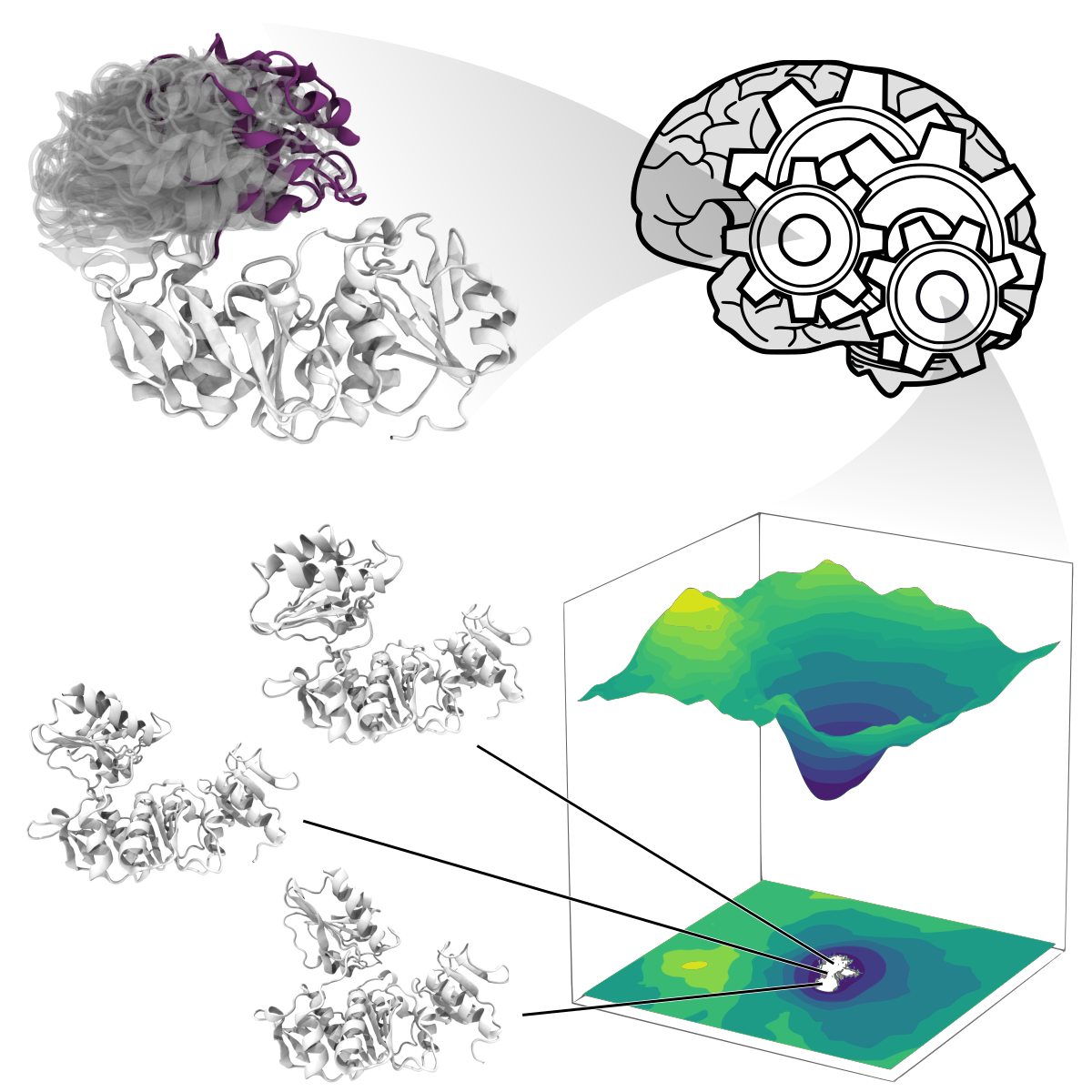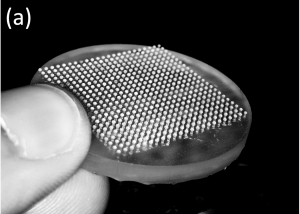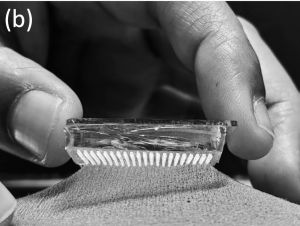by Preeti Sharma, preeti.sharma@wur.nl, and Joshua A. Dijksman, joshua.dijksman@wur.nl, both Wageningen University & Research, the Netherlands
Patterned surfaces and interfaces are of paramount importance for various animal species to perform tasks for their survival. One such example can be found in the gecko, which demonstrates an exceptional ability to stick to and run on any vertical or inverted surface due to the presence of micron-to-nanometre-size features on their toes [1]. Also, in the plant world, 3D patterned surfaces with hooks can be found on the leaves of Galium aparine, commonly called catchweed, that can adhere to many surfaces [2, 3].
To understand the fundamental physical mechanisms that govern such adhesive behaviour, recreating bioinspired patterned surfaces is essential. Indeed, such studies can also inspire new, innovative designs of interfacial mechanics for new applications in robotics. However, it is still challenging to develop a simple, scalable methodology that allows a 3D structure to be realized, with overhanging features such as “mushroom” or “hook” shapes, essential for the “interlocking” mechanics so often observed in Nature.





